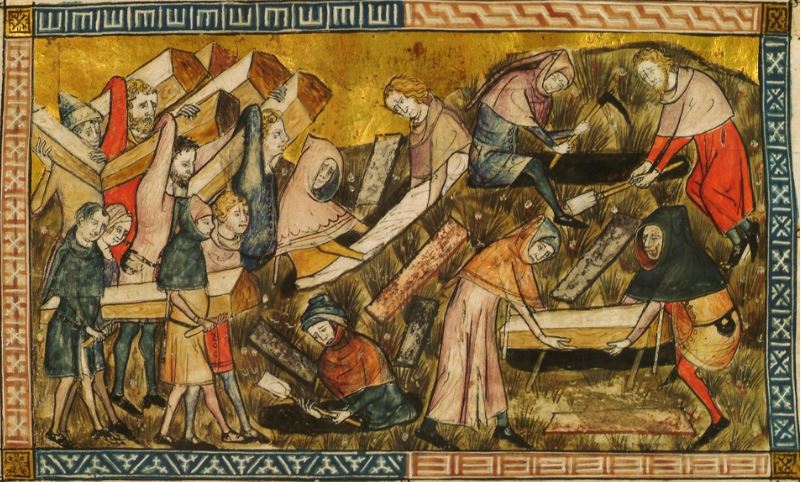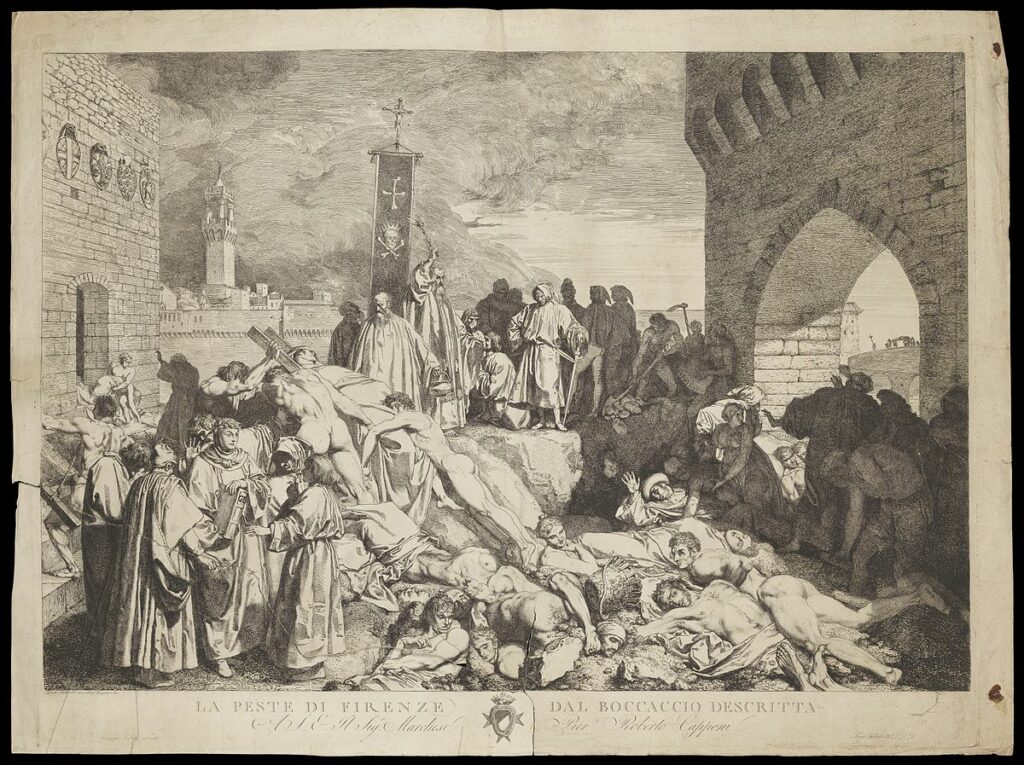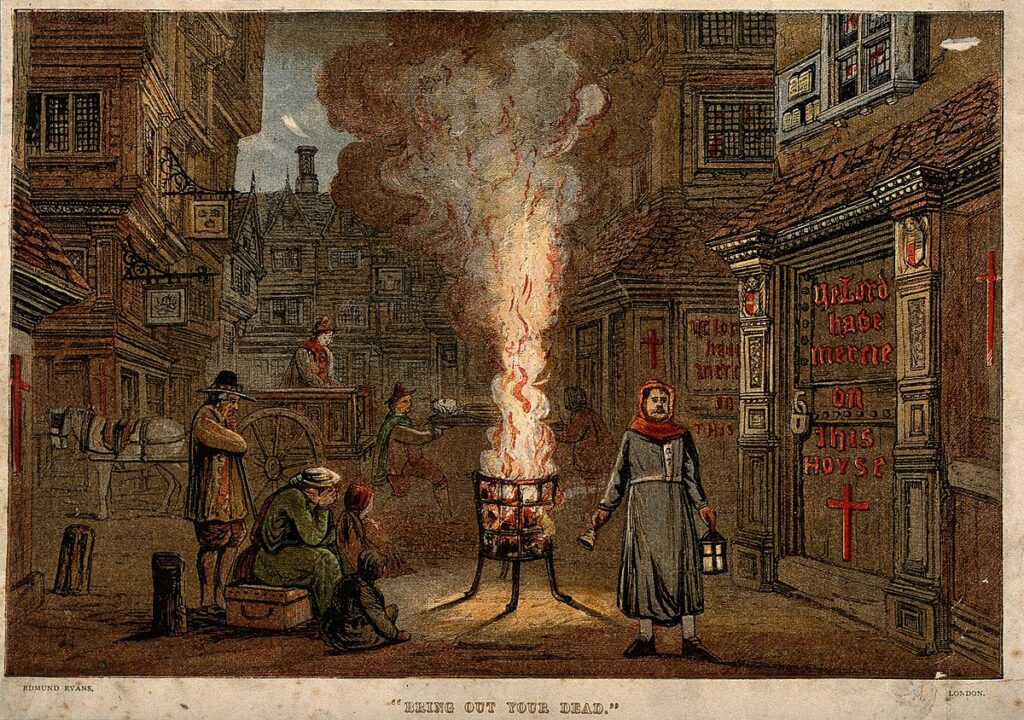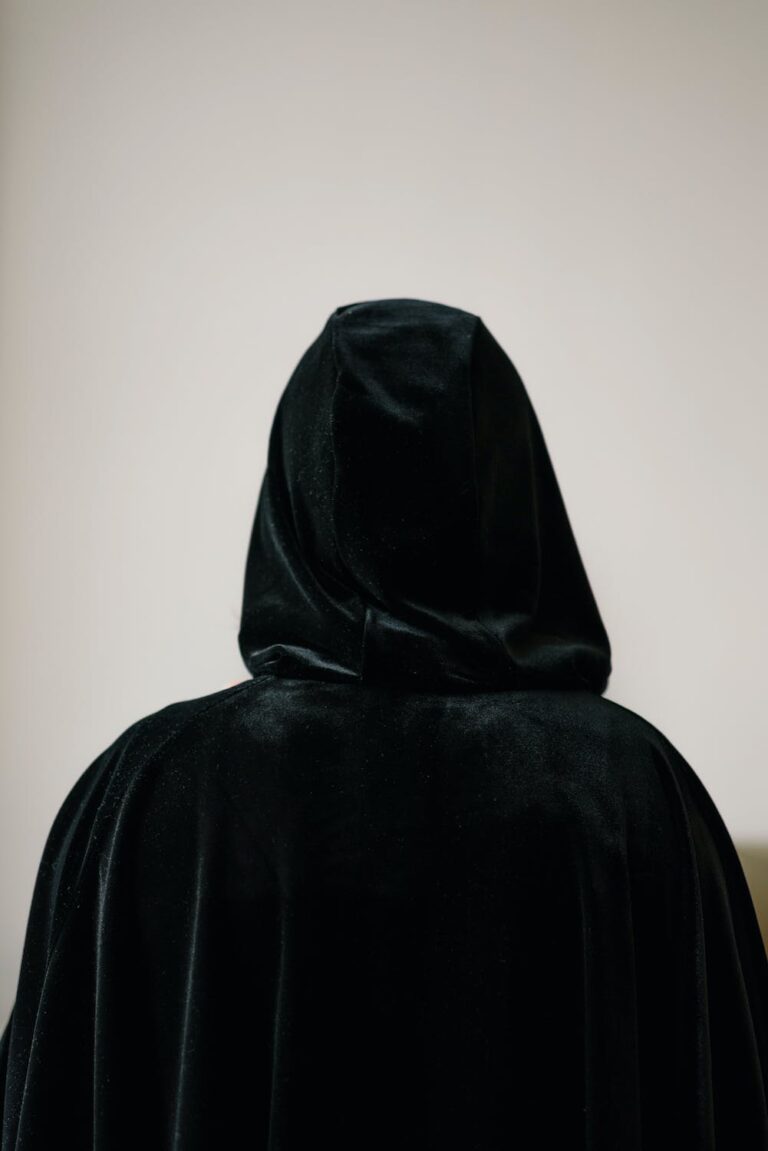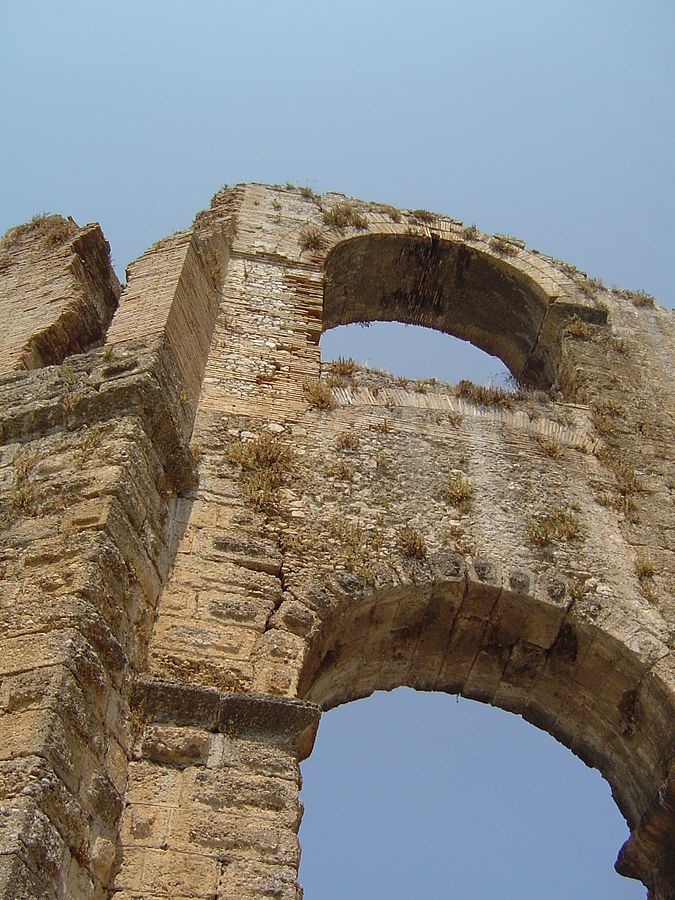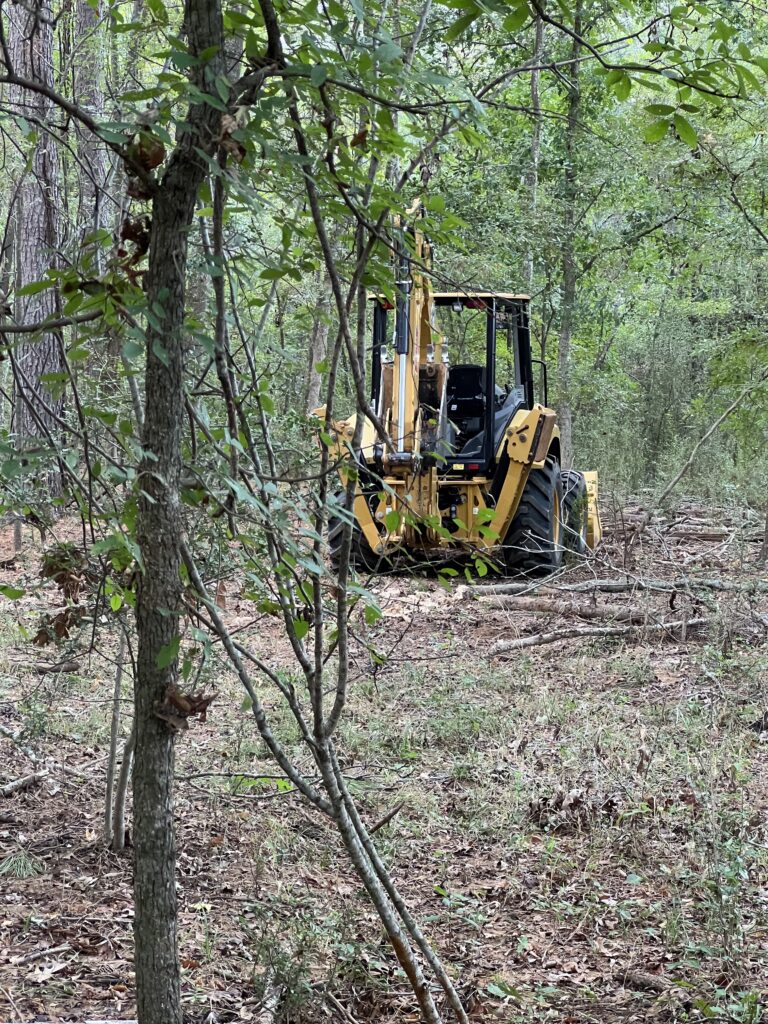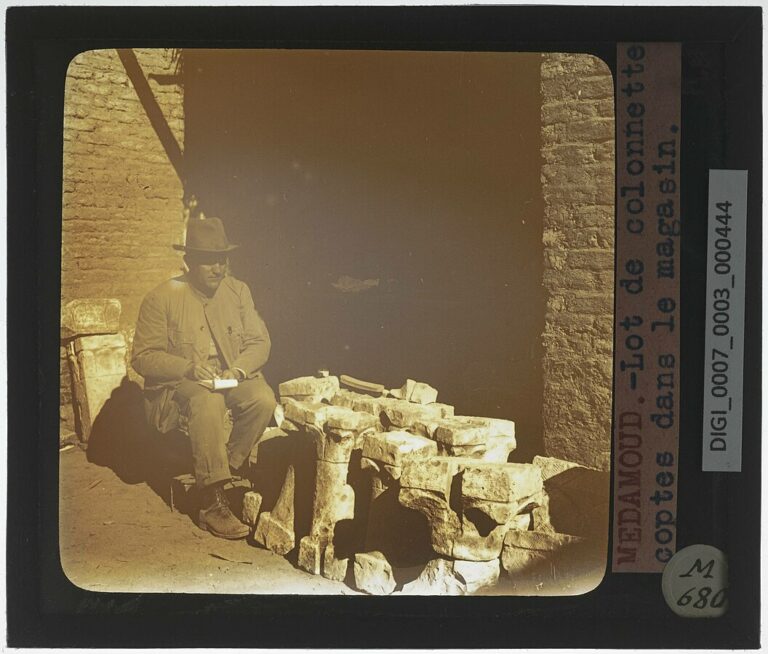The Archaeological Whispers of the Black Plague
Echoes of Death
The moon shone silver on the cold ground, casting ethereal rays over ancient burial sites. Hidden beneath the soil lie chilling reminders of a time when death loomed over Europe like a grim specter: the Black Plague. As the wind rustles the dying autumn leaves, we delve deep into the archaeological tales of the bubonic plague and its sinister grasp on history. Perfect for a Halloween tale, wouldn’t you say?
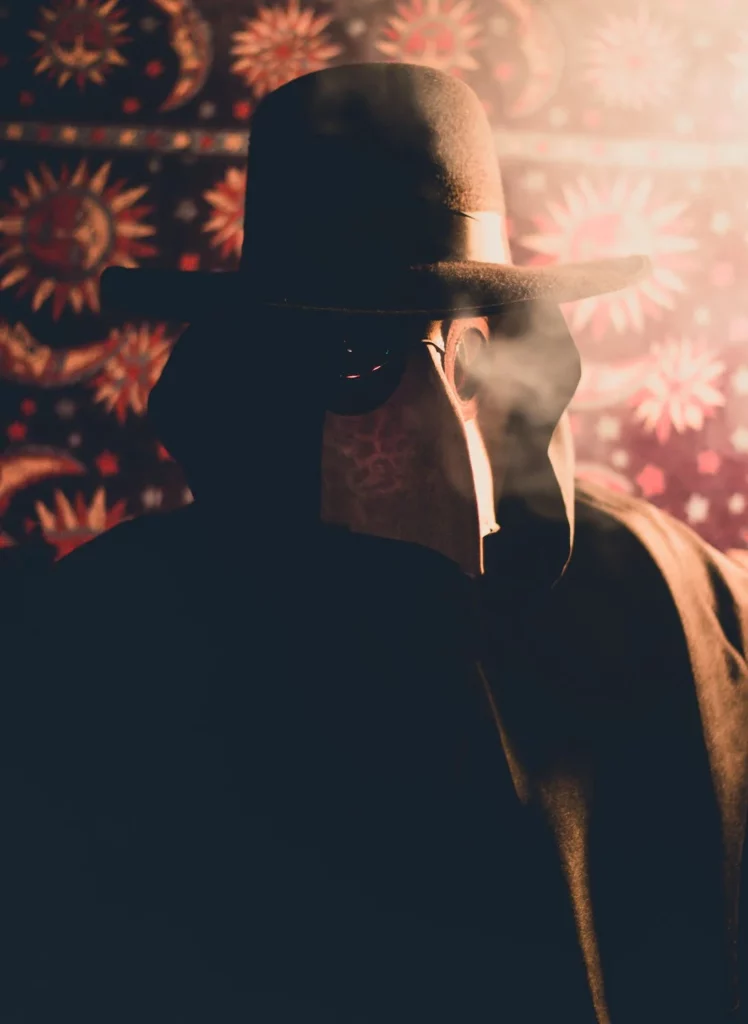
The Black Plague’s Origins
Before we unearth the chilling archaeological finds, let us first venture into the annals of history to truly understand the cataclysmic force that was the Black Plague.
The Black Plague, also known as the Bubonic Plague, was one of the deadliest pandemics in human history. Originating in Asia, the disease is believed to have traveled along the Silk Road, reaching the Crimea by 1343. From there, infected fleas residing on black rats found their way onto merchant ships, leading to the rapid spread of the disease across Europe.
Symptoms were gruesome: swollen and painful lymph nodes, or ‘buboes’ (from which the disease takes its name), high fever, chills, and gangrene. But it wasn’t just the bubonic form that wreaked havoc. The septicemic form attacked the blood, and the pneumonic version targeted the lungs. The latter was especially fearsome, spreading through mere breath, a whispered death sentence.
Between 1347 and 1351, the Plague claimed an estimated 75-200 million lives, wiping out 30-60% of Europe’s population. Trade came to a near halt, towns were abandoned, and a pervasive dread took hold of the continent. The sheer scale of death and societal disruption led to radical changes in European economic, cultural, and religious landscapes.
With this historical backdrop in mind, let’s delve into the archaeological tales…
The Silent Graves
In a small village in England, archaeologists stumbled upon a mass grave. The skeletons lay haphazardly, a testament to the urgency of the burials. Among these remains, molecular archaeologists detected the DNA of Yersinia pestis, the bacteria responsible for the Black Plague. The skeletal anomalies, including marks on the teeth and signs of malnutrition, offered grim testimony to the extreme conditions of the 14th century.
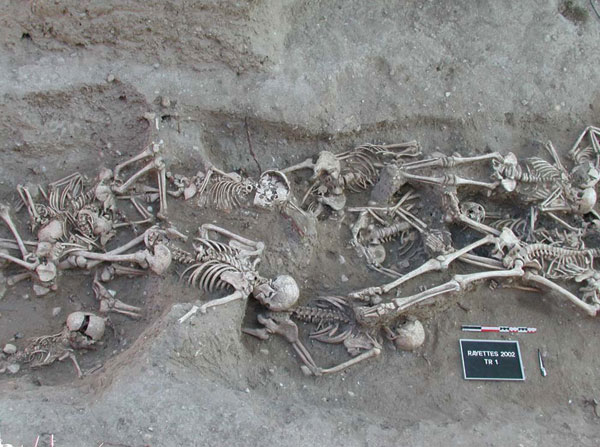
Death’s Artistry
The Plague wasn’t just a silent killer; it influenced the art of its era. Archaeologists, while digging through old European homesteads, have found paintings and etchings depicting death and decay, a far cry from the religious and pastoral themes previously popular. These haunting images showcased skeletal figures dancing, priests offering last rites, and families mourning—visceral snapshots of the collective psyche of a continent under siege.
Tokens of Remembrance
The Plague also influenced the personal artifacts left behind. In France, archaeologists unearthed small amulets and trinkets that were believed to ward off the deadly disease. These charms, often in the form of tiny skulls or protective saints, were clutched by their owners in a desperate bid for survival, and their discovery offers a tangible connection to the panic and paranoia of the time.

dust to dust
The Plague’s wrath was felt even in the very earth. Soil samples from that period reveal increased levels of lead, a byproduct of widespread urban fires. Historians suggest that these fires, often consuming entire neighborhoods, were set deliberately in futile attempts to halt the spread of the disease or as a result of societal chaos.
The Silent Witnesses
Perhaps the most haunting finds are the personal journals and letters buried alongside their owners. These parchments, preserved against the odds, are windows to the soul of a world in crisis. One such letter, found alongside a young woman in Germany, read: “The world seems draped in shadows. Each cough a potential death knell. May God save our souls.”
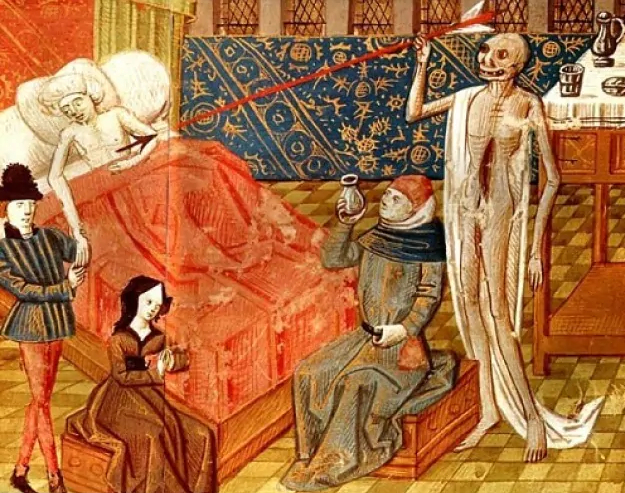
The Aftermath
While the Black Plague itself subsided, its effects lingered for generations. Population drops led to labor shortages, sparking economic and societal changes that set the stage for the modern era. Subsequent smaller outbreaks continued to shape cities, with the design of homes and public buildings increasingly emphasizing ventilation and access to clean air.
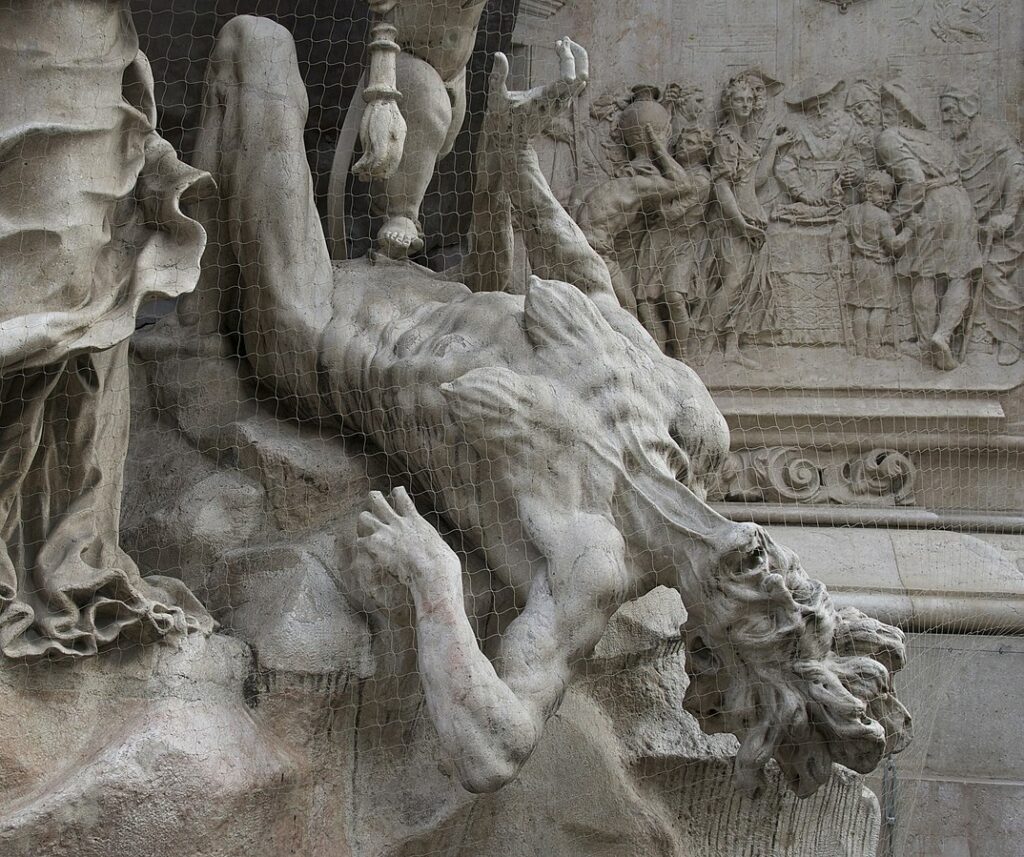
More info
“Did you know: “Ring Around the Rosie”
The nursery rhyme “Ring Around the Rosie” is often said to be related to the Black Plague. The “rosie” refers to the red circular rash that was a common symptom. “A pocket full of posies” alludes to the herbs or flowers people would carry to ward off the disease or mask the smell of death. “Ashes, ashes” speaks to the cremation of the dead, and “we all fall down” grimly echoes the vast number of people who succumbed to the disease. While this interpretation has been debunked by many historians, the association adds a dark and chilling layer to an otherwise innocent children’s song. Imagine: a rhyme sung by children that, if true to its alleged roots, speaks of one of history’s deadliest pandemics.”
If this tale captivated you, you might find our article on the Paris Catacombs equally enthralling. Dive deeper by clicking the button below!



